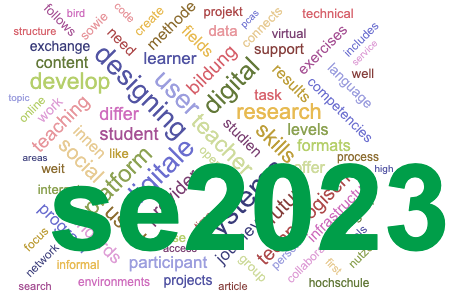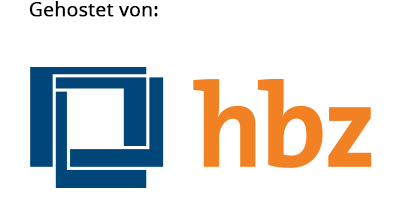TrainSpot2
Schlagworte:
Erwachsenen- und Weiterbildung, Kompetenzrahmen, Train-The-Trainer-Hotspot, Vernetzungsinfrastruktur, adult and continuing education (ACE), competency framework, e-learning, individual and self-directed learning, individuelles und selbstgesteuertes Lernen, network infrastructureAbstract
Das Verbund-Projekt ‚TrainSpot2‘ hat zum Ziel, einen Train-The-Trainer Hotspot zur Erfassung, Entwicklung und Zertifizierung von Kompetenzen zu gestalten, der an die Digitale Vernetzungsinfrastruktur Bildung angeschlossen wird. Mit dem Train-the-Trainer Hotspot wird eine Infrastruktur geschaffen, um Lehrenden in der Erwachsenenbildung/Weiterbildung eine bedarfsgerechte und gezielte Nutzung miteinander verzahnter Bildungsangebote zur Kompetenzentwicklung zu ermöglichen. Basierend auf einer Betrachtung der Ausgangslage, beleuchtet der Beitrag die mit dem Vorhaben verbundenen Fragen zu einheitlichen Referenzmodellen und Standards sowie zur Rolle der Lernenden und deren KI-basierte Lernunterstützung in ihren Chancen und Grenzen. Darauf aufbauend werden mögliche Ansätze zur Gestaltung einer interoperablen und adaptiven Infrastruktur präsentiert.Downloads
Veröffentlicht
2023-09-11
Ausgabe
Rubrik
Beiträge



